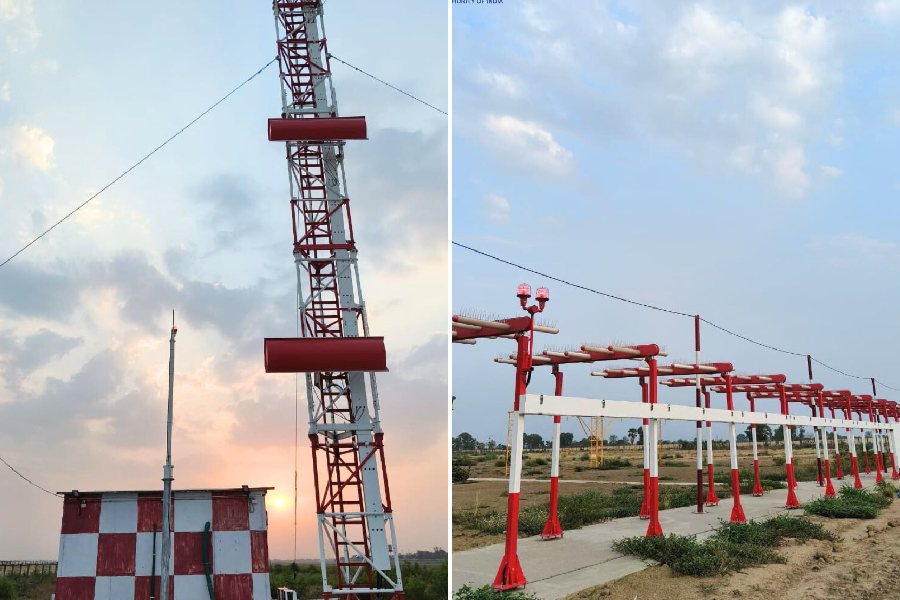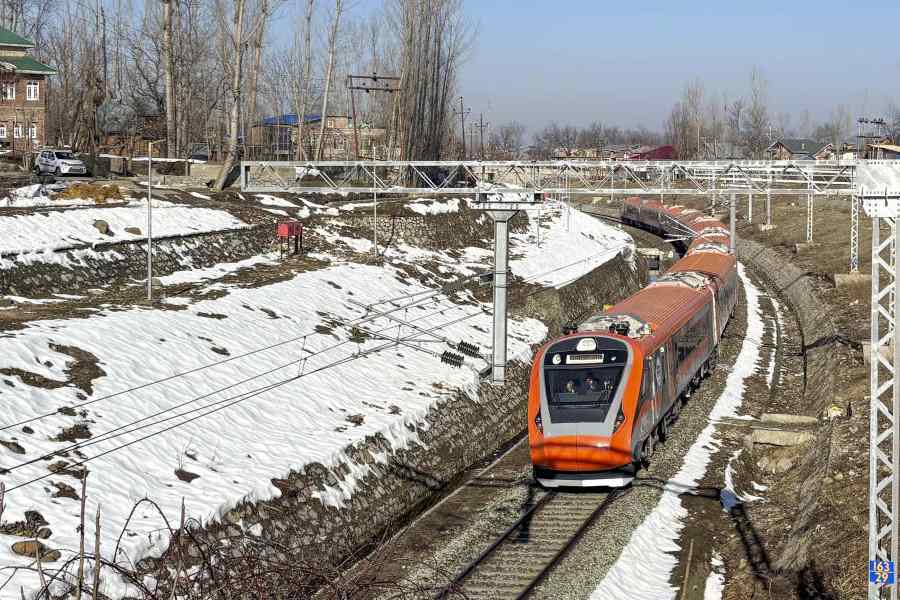 | Guest Column Priyambada Mohanty Hejmadi |
While pursuing wildlife one occasionally comes across rare glimpses of living history. I record here the extraordinary life of Dhruba Charan Behera, popularly known as Dhumal, an erstwhile professional snake catcher, especially king cobras (local name ahiraja) from Bhitarkanika.
Dhumal was a professional snake catcher and graduated to being an aide to poachers when the king cobra became a protected species. After being jailed several times for this offence, he now leads an ordinary life in the area. For his snake catching skills, he is a legendary figure in the area. On my request, the then DFO, Bhitarkanika, P.K. Behera, had arranged for an interview of Dhumal on February 28, 2010. Saroj Kumar Patnaik, Sudhakar Kar and Chandrasekhar Kar, all were forest department employees, had accompanied me.
He narrated the story of his birth and the genesis of his nickname Dhumal in a candid manner. Born in the midst of a raging storm on February 27, 1961, he was nicknamed Dhumal (cyclone).
As villages used to get flooded in the aftermath of a cyclone, his father made a contraption with wood and placed a plank above the water level to put the mother and newborn on it. Both the mother and the son survived.
Love for snakes
When he was about 8-10 years, kelas (snake charmers) used to come to the village with their families. They used to settle for days under huge tamarind trees. During their stay they used to make phasa (traps) with ropes for different birds and animals. They also used sticks to make cages for birds and pedis (containers) packed with grass to store snakes. All this they would do to sell the birds, animals and reptiles. Bhitarkanika was known for its rich variety of snakes.
The kelas used to come in the winter season. Dhumal said snakes were best caught in winter as they become slow to react.
Some times the kelas went around displaying the snakes and people used to give them food. He loved to watch the sapa khela and loved to see the kelas for they were not afraid of the snakes.
Fascinated by snakes, he started catching the non-poisonous dhanda (water snake) while bathing in the ponds and often got bitten by them.
Sometimes their teeth used to break and the parts of the tooth, which he compares to kia kanta (thorn of kiabush), used to be lodged in his muscles.
Traditionally, the nomadic kelas used to get permits to catch snakes in the Athagarh division before the Wildlife Protection Act came into force in 1972.
Spot snakes & earn
The kelas used to get valuable information about location of snakes by luring the kids with various incentives such as deunria, and special rope phasa to trap birds and mammals. Even elderly men in their village were employed by the kelas on daily wage to spot snakes in the forest.
During his grandfather's time, parakeets used to make home in two species of mangroves — bani (avicinea) and kerua (sonneratia) — in Rangini and Talachua areas. During the rain, snakes used to squeeze into these holes. Apparently kelas used to collect snakes from these holes in baskets.
Capturing a king cobra
Asked about the tag of being the “main resource person for poachers”, he provided a rare insight into the habitat and behaviour of the king cobras of Bhitarkanika.
Apparently, the king cobra is locally known as the jhada kalua sapa. Jhada refers to mangrove forest and kalua to its dark colour. He added that cobra becomes darker during monsoon, and loses a bit of it in spring. Sharing his expertise in catching king cobras, Dhumal says that the snake is very regal in its behaviour. When encountered or even touched, it will pause and give a sharp look and proceed as usual.
He said that there were two ways to catch a cobra. First, while it is moving on the ground, when it is resting in its hole. The best way is to grab it in the middle, preferably above the anus, lift immediately, squeeze towards its head and then grip the head tightly. He used to pull the snake out of its home using the same squeeze forward and grab its head technique.
The accident & first aid
Once Dhumal was going with two people from the forest department. He was carrying a plastic bag with rice. They spotted a healthy cobra near a pond. Dhumal thought of capturing the snake and displaying it at the Dangmal complex of the forest department. As he grabbed the snake it struck him on the tip of his nose. The snake escaped, but he could chase and catch it. With no other choice, he emptied the rice and put the snake in the bag. His nose was bleeding profusely.
As a true snake catcher, he had a small knife and a box of matches with him. He asked the persons accompanying him to cut the tip of his nose, but they refused. He then chopped off the tip of his nose but was told that the tooth mark was visible on the tip of his nose. With the trick of the trade he had learnt from the kelas, he lit one matchstick after another and burnt the whole area! This prevented the poison from spreading to the rest of his body. The mark is still visible after 15-20 years.
Dhumal’s life
Dhumal, who has four daughters and three sons, laments that a few years ago he was misunderstood and put in jail for possessing a king cobra. He claims that he unexpectedly encountered a king cobra and caught it with the intention of handing it over to the forest department to replace the one that had become weak. This hurt him and became a sadhu. He left home and his family managed to convince him to return after a year.
Epilogue
Large snakes are a rare sight these days but a few venture into villages now. When spotted they are either released or kept by the forest department. In March 2010, I saw a python in Dangmal complex that had been caught from a cowshed in Balachuala village. It is heartening to see that instead of killing snakes, people are informing the forest department. Whenever I read such news, Dhumal and his life comes to my mind.











